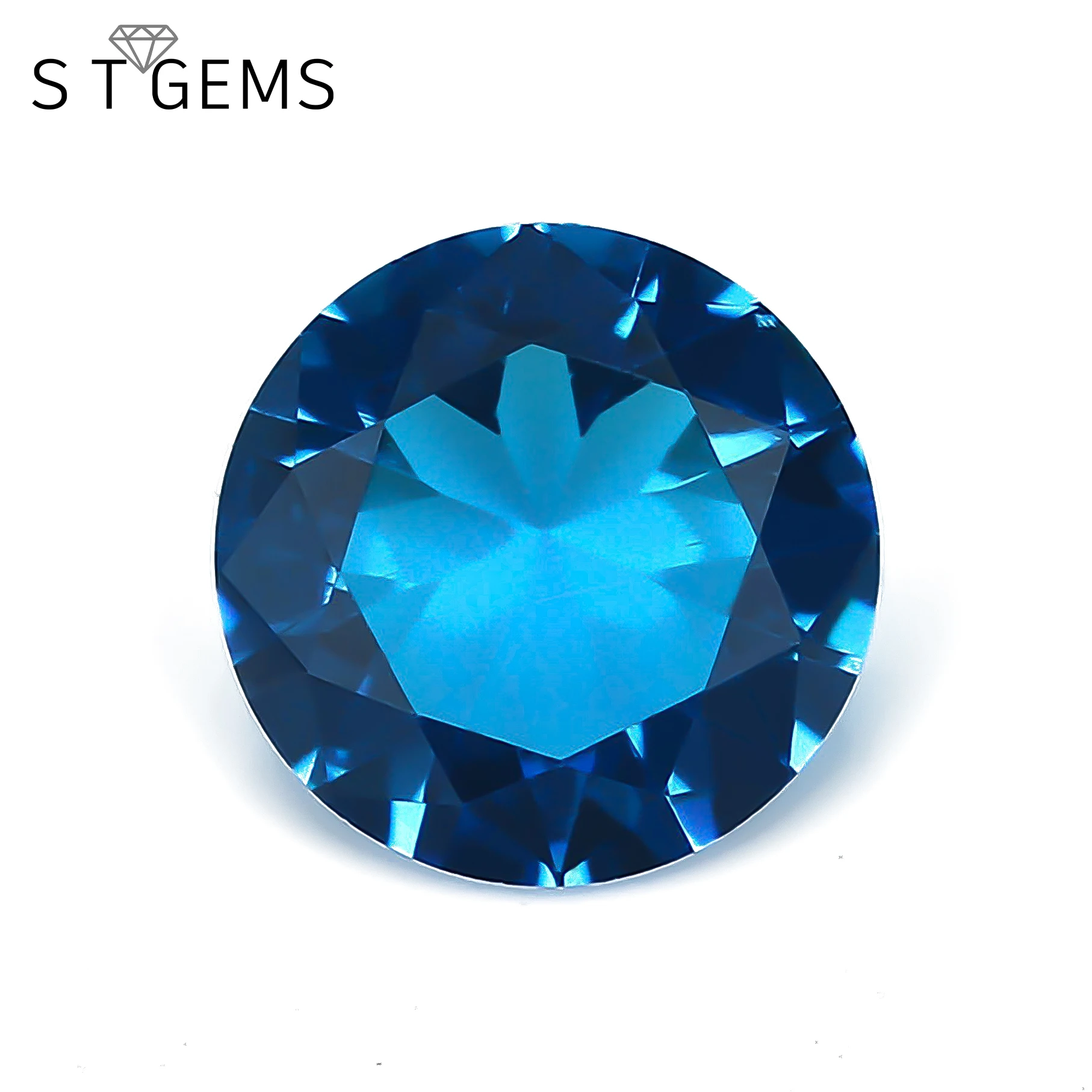
Yuvarlak Parlak Kesim Kristal Cam Taş Gevşek Sentetik Taş Mavi Safir - Buy Taş Cam,Cam Kristal Taşlar,Taşlar Takı Yapımı Için Cam Product on Alibaba.com

150 adet armut 3*5mm 13*18mm deniz yeşil renk cam taşlar cam boncuk cam taş sentetik cam|Boncuklar| - AliExpress

Harmanlanmış renk çizgili düz cam taş duvar çıkartmaları akvaryum dekorasyon bahçe saksı vazo boncuk çapı yaklaşık 1.8 cm|vase gold|vase rosesvase hat - AliExpress

Primer Plano De Rocas De Cristal Blanco Verde Natural Sin Tratar Foto de stock y más banco de imágenes de Aire libre - iStock

Dekoratif Renkli Cam Çakıl Yapay Şeffaf Cam Taş Yüzme Havuzu Için - Buy Turkuaz Çakıl Taşı,Kazınmış Renk Cam Cep Taşları,Satılık Petosale Taşlar Product on Alibaba.com





















